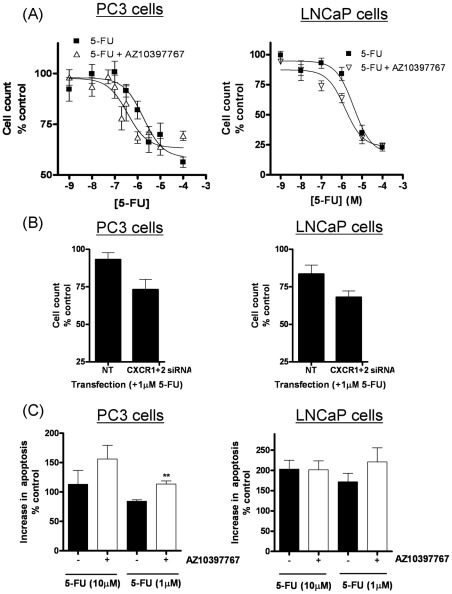Figure 3. Effect of inhibiting CXCL8/CXCR2 signaling upon the efficacy of anti-metabolites in metastatic prostate cancer cells.
(A) Graphs illustrating cell count assay data, determined from the treatment of PC3 cells (left panel) or LNCaP cells (right panel) with increasing concentrations of either 5-FU, in the absence or presence of the CXCR2 receptor antagonist, AZ10397767. AZ10397767 was administered at a final concentration of 20 nM. Cell counts were taken 72 hours post-treatment with the anti-metabolite. Cell count data was analyzed using the non-linear regression function of GraphPad Prism, using a sigmoidal one-site curve fit equation. Data points shown are the mean ± S.E.M. value of four independent experiments. (B) Bar graph illustrating the effect of using siRNA to knockdown CXCR1 and CXCR2 expression upon the cytotoxicity of 1 µM 5-FU in PC3 (left panel) and LNCaP cells (right panel). Data points shown are the mean ± S.E.M. value of four independent experiments. (C) Bar graph presenting the level of apoptotic cells in drug-treated PC3 (left panel) and LNCaP (right panel) cell populations. Data shows the sub G0/G1-cell population determined by flow cytometry analysis following treatment with increasing concentrations of 5-FU, in the absence and presence of the CXCR2 receptor antagonist, AZ10397767.

